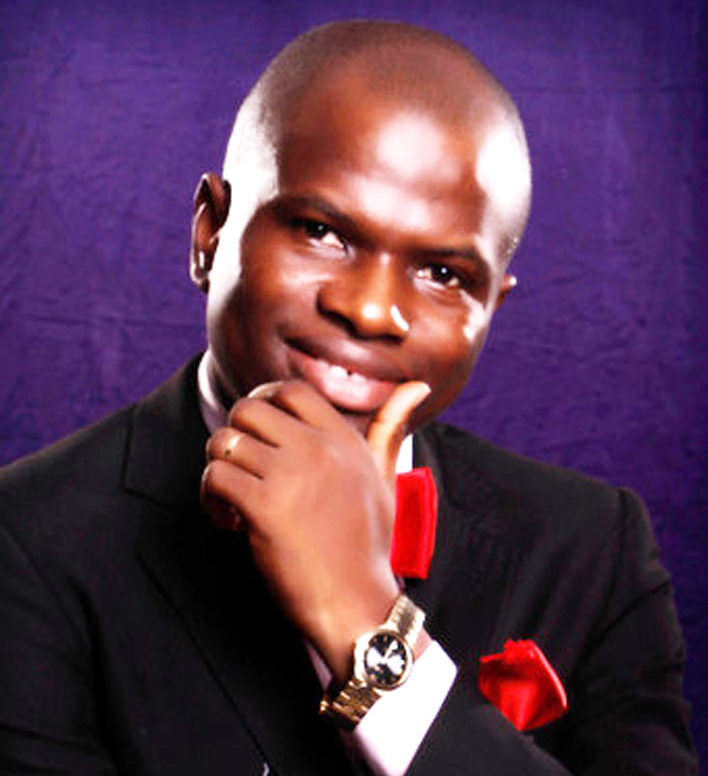•Parenting, Marriage & Family Life Coach
Child sexual abuse occurs when a person uses his /her power over a child, teen or youth, and involves the child in any sexual act.
The power of the abuser often lies in age di:ferences, intellectual or physical development, influence, intimidation, a relationship of authority over the child, and/ or the child’s dependency on him/her.
HOW A CHILD IS ABUSED
Many people do think that ‘touching’ is the only way a child can be abused, this is not true. There are many ways young children, teens and youths are being engaged in sexual activity, hurting their future negatively.
Sexual abuse includes acts such as: Fondling, genital stimulation, mutual masturbation, oral sex, using fingers, penis, or objects for vaginal/anal penetration, inappropriate sexual language, sexual harassment, voyeurism, exhibitionism, taking pictures or video of a naked child, making a child to take pictures or video a sexual act, making a child to watch sex videos, as well as exposing a child to, or involving a child in child marriage, pornography or prostitution.
FACTS ABOUT CHILD SEXUAL ABUSE
Child sexual abuse, also called child molestation, is a form of child abuse in which an adult or older adolescent uses a child for sexual stimulation. Forms of child sexual abuse include engaging in sexual activities with a child, indecent exposure, child grooming, or using a child to produce child pornography. (Wikipedia)
• Experts estimate that 1 in 10 children are sexually abused before their 18th birthday • 30% of children are abused by family members • As many as, 60% are abused by people the family trusts • About 35% of the victims are 11 years old or younger • Nearly 40% are abused by older or larger children • Modern children are prone to sexual abuse and exploitation far more than olden days children • 70-80% of sexual abuse survivors report excessive drug and alcohol use.
• One study showed that among male survivors, 50% have suicidal thoughts and more than 20% attempt suicide • Young girls who are sexually abused are more likely to develop eating disorders as adolescents • More than 60% of teens’ first pregnancies are preceded by experiences of molestation, rape or attempted rape.
• Both males and females who have been sexually abused are more likely to engage in prostitution, sexual crimes, abuse other people than non-abused people.
• Sexually abused children who keep the abuse a secret or who “tell” and are not believed are at greater risk for psychological, emotional, social, and physical problems, often lasting into adulthood.
HOW ABUSERS HAVE THEIR WAYS
The sexual offender may engage the child in sexual acts through threats, violence, bribes, force, friendship, flattery, gifts, fake love, help, closeness, sympathy, empathy, intimidation, misrepresentation and other forms of coercion. Sexual abuse is usually an ongoing pattern of progressively intrusive sexual interactions. Most of the time, the offender is someone well known to the child and trusted by the child and/ or family.
CHILD SEXUAL ABUSE STATISTICS
Child sexual abuse occurs frequently in our society, although the rate of prevalence can be difficult to determine. Research h as concluded that approximately 15% to 25% of women and 5% to 15% of men were sexually abused when they were children.
• 1 in 10 children will be sexually abused before age 18 • Ages 3 to 8 are the most vulnerable ages for a child to be abused • 20% of abuse took place before age 8 • 95% of abused children know their abuser • Only 1 in 7 of abuse occur in school • 84% of the sexual victimization of children under 12 occurs in a residence (Snyder, 2000) • Only 12% of abuse involves the use of weapon and violence • Of those molesting a child under six, 50% were family members. Family members also accounted for 23% of those abusing children 12 to 17 years (Snyder, 2000) • The most vulnerable age for children to be exposed to sexual assault is between 3 and 8 years with the majority of onset happening between these ages (Browne & Lynch, 1994) • 73% of abused children will not tell anyone for at least a year. 45% never tell anyone for at least 5 years, countless may never tell anyone • Children living without either parent (foster children) are 10 times more likely to be sexually abused than children who live with both biological parents. Children who live with a single parent that has a live-in partner are at the highest risk: they are 20 times more likely to be victims of sexual abuse than children living with both biological parents (Sedlack et al, 2010) • 98% of statements by abused children found to be true • 1 in 3 parents will never believe their children story about abuse..


